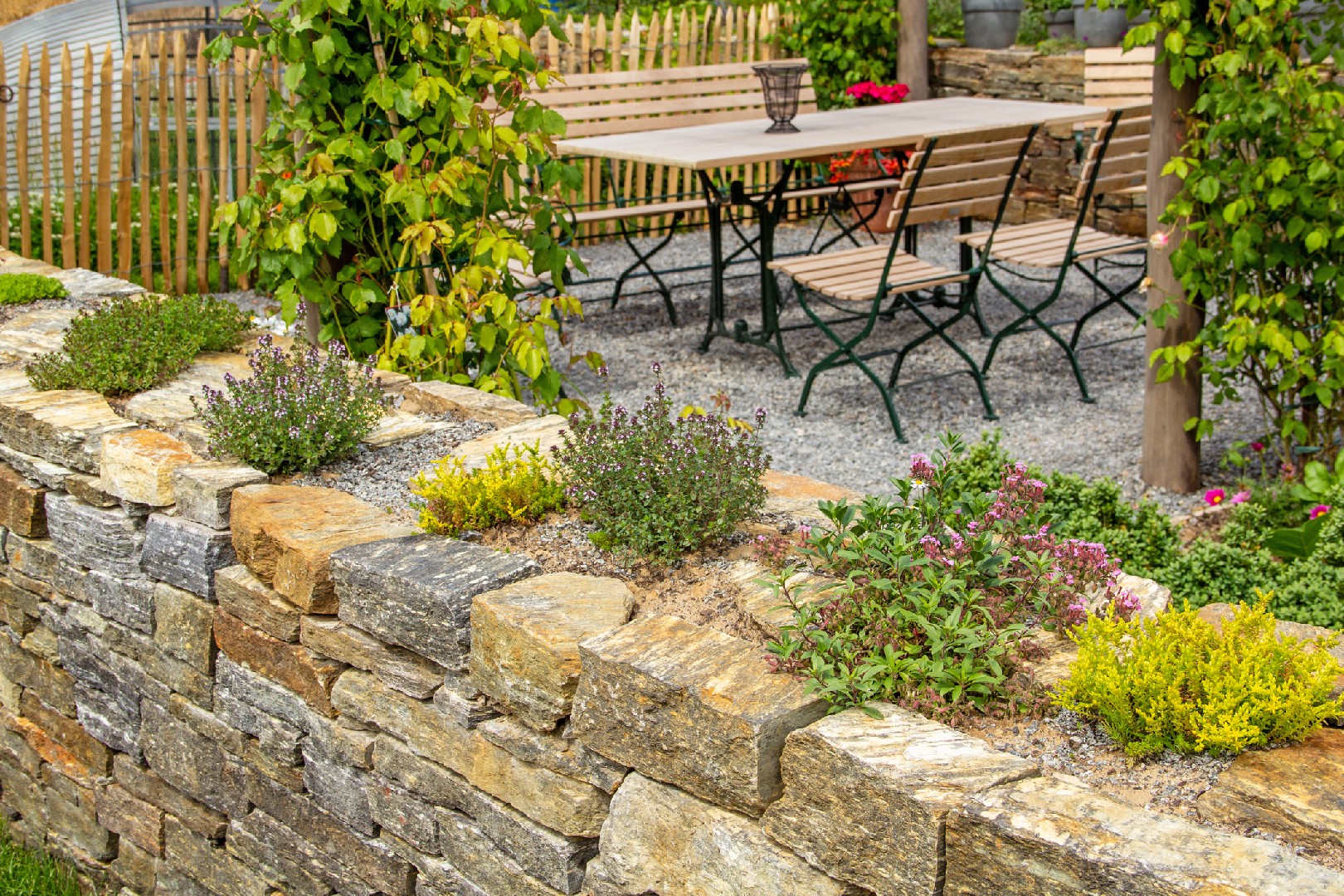![Rectangle]()
Constructing Your Patio: Basics and Beyond
When it comes to constructing a patio, there are several basic steps that you need to follow in order to achieve a beautiful and functional outdoor space. These steps include site preparation, choosing the right materials, and properly installing them.
The first step in constructing your patio is site preparation. This involves clearing the area of any obstacles such as trees, shrubs, or existing structures. It is important to ensure that the ground is level and properly graded to prevent water pooling or drainage issues. You may need to hire a professional landscaper or use a laser level to ensure accuracy.
Next, you need to choose the right materials for your patio. There is a wide range of options available, including concrete, pavers, natural stone, and wood. Each material has its own unique qualities and characteristics, so it's important to consider factors such as durability, maintenance requirements, and aesthetics. Concrete, for example, is known for its durability and low maintenance, while natural stone offers a more rustic and organic look.
Once you have chosen your materials, it's time to install them. This is where specific skills and knowledge come into play. If you are opting for a concrete patio, you will need to calculate the amount of concrete needed and mix it correctly. Properly measuring and cutting the pavers or stones is essential for a neat and precise installation. Additionally, knowledge of how to create a solid base using gravel and sand is crucial for a long-lasting patio.
During the patio construction process, there may be some specific challenges that you will need to address. For example, if the patio is located on uneven ground, you will need to create steps or ramps to ensure accessibility. If you live in an area with extreme weather conditions, such as heavy rain or freezing temperatures, you will need to take extra measures to protect your patio from damage.
Deciding between hiring a professional or doing a DIY patio construction is a common dilemma. While hiring a professional can save you time and ensure a high-quality result, it can also be more expensive. On the other hand, a DIY approach allows you to have full control over the design and can save you money. However, it requires more time, effort, and the acquisition of necessary skills.
In conclusion, constructing a patio requires careful planning, consideration of various materials, and proper installation techniques. It is important to ensure that the site is properly prepared, the right materials are chosen, and the installation is done correctly. Whether you decide to hire a professional or take on the challenge yourself, constructing a patio can be a rewarding and enjoyable experience that adds value and functionality to your outdoor living space.





